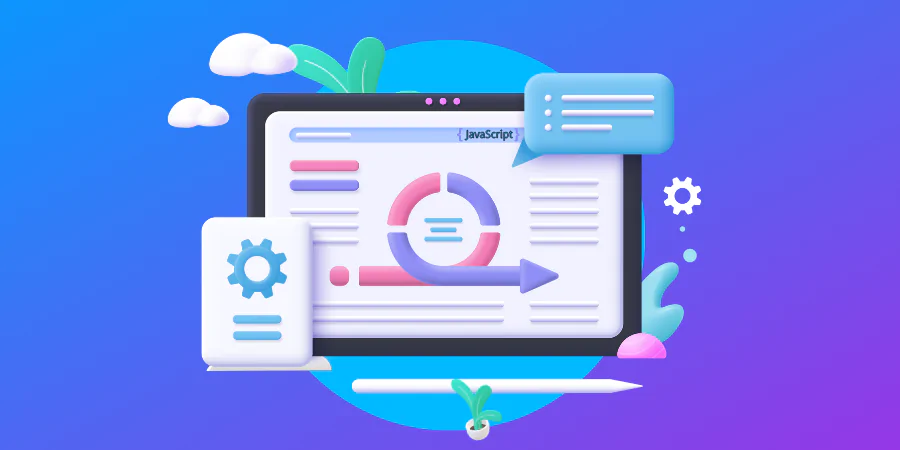Web Development
In the ever-evolving digital landscape, where user expectations are higher than ever, mastering the art of User Experience (UX) design has become a pivotal aspect of successful web development. An exceptional UX not only ensures that visitors have a positive interaction with your website but also contributes significantly to customer satisfaction and retention. In this comprehensive guide, we will explore the principles, strategies, and best practices that go into mastering the art of UX design in web development.

Understanding User Experience (UX) Design:
User Experience design is a multidisciplinary field that encompasses various aspects of a user’s interaction with a product, in this case, a website. It goes beyond aesthetics and delves into the overall experience users have when navigating through web pages. A well-crafted UX design considers usability, accessibility, and the emotional impact on users, aiming to create interfaces that are not only visually appealing but also intuitive and efficient.
The Importance of UX in Web Development:
- Enhanced User Satisfaction:
- A positive user experience leaves a lasting impression and fosters user satisfaction.
- Users are more likely to engage with, return to, and recommend a website that provides a seamless and enjoyable experience.
- Improved Conversion Rates:
- A well-designed user interface can guide users through the conversion funnel more effectively.
- Intuitive navigation and clear calls-to-action contribute to higher conversion rates and business success.
- Reduced Bounce Rates:
- Websites with a poor user experience often suffer from high bounce rates.
- Ensuring a user-friendly design can reduce bounce rates, encouraging visitors to explore multiple pages and stay longer on the site.
- Builds Brand Loyalty:
- Consistent positive experiences lead to increased trust and brand loyalty.
- Users are more likely to choose a brand with a user-friendly website over competitors with a less polished online presence.
Key Principles of UX Design:
- User-Centered Design:
- Prioritize the needs and preferences of your target audience throughout the design process.
- Conduct user research, surveys, and usability testing to gain insights into user behavior and expectations.
- Consistency Across Platforms:
- Maintain a consistent design language and user interface across all platforms and devices.
- Consistency builds familiarity and makes it easier for users to navigate the website seamlessly.
- Intuitive Navigation:
- Design an intuitive and logical navigation structure.
- Ensure that users can easily find what they are looking for, with clear menus and navigation paths.
- Accessibility and Inclusivity:
- Design with accessibility in mind to ensure that the website is usable by people with disabilities.
- Consider factors such as color contrast, text size, and keyboard navigation for a more inclusive experience.
- Responsive Design:
- Optimize the website for various devices and screen sizes.
- Responsive design ensures a consistent and enjoyable experience across desktops, tablets, and smartphones.
- Loading Speed Optimization:
- Prioritize performance optimization to minimize page loading times.
- Fast-loading websites contribute to a positive user experience and are favored by search engines.

Strategies for Mastering UX Design:
- User Persona Development:
- Create detailed user personas to understand the demographics, behaviors, and goals of your target audience.
- Use these personas as a reference throughout the design process to ensure alignment with user needs.
- Wireframing and Prototyping:
- Develop wireframes and prototypes to visualize the website’s structure and flow.
- Prototypes allow for user testing and feedback before the final design is implemented, reducing the risk of usability issues.
- Usability Testing:
- Conduct usability testing with real users to identify areas for improvement.
- User feedback provides valuable insights into how users interact with the website and helps refine the design.
- Iterative Design Process:
- Embrace an iterative design approach, making incremental improvements based on user feedback.
- Continuous refinement ensures that the website evolves to meet changing user expectations and business goals.
- User Feedback Mechanisms:
- Implement feedback mechanisms such as surveys, contact forms, or chat support to gather user opinions.
- Act on feedback to address issues promptly and enhance the overall user experience.
Case Studies and Examples:
Illustrate the principles and strategies discussed with real-world case studies and examples. Highlight websites that have successfully mastered UX design and analyze what makes them stand out. Discuss both positive and negative examples to provide a well-rounded perspective on the impact of UX design on user satisfaction.
Challenges in UX Design and How to Overcome Them:
- Balancing Aesthetics and Functionality:
- Address the challenge of balancing visual appeal with functional efficiency.
- Ensure that the design not only looks good but also serves its purpose effectively.
- Cross-Browser Compatibility:
- Overcome challenges related to cross-browser compatibility by testing the website on various browsers and devices.
- Use tools and techniques to identify and address compatibility issues.
- Keeping Up with Technological Advances:
- Stay informed about the latest technologies and design trends.
- Regularly update the website to leverage new features and maintain a modern and relevant user experience.
The Future of UX Design in Web Development:
Explore emerging trends and technologies that are shaping the future of UX design. Discuss topics such as voice interfaces, artificial intelligence, and augmented reality, and how they may influence the way users interact with websites.
Conclusion:
Mastering the art of User Experience design is an ongoing journey that requires a deep understanding of user behavior, continuous learning, and a commitment to delivering exceptional online experiences. In a digital landscape where competition is fierce, prioritizing UX design is not just a strategy; it’s a necessity for building a successful and sustainable online presence. By incorporating user-centric principles, embracing iterative design practices, and staying abreast of evolving trends, web developers can create websites that captivate and engage users, setting the stage for long-term success in an ever-changing digital world.


